(This story has been updated with information provided by Chevrolet.)
There’s no question seat belts save lives — at least 15,000 since 2017, according to federal data — but there’s still a hardcore group of American drivers who simply refuse to buckle up. So, Chevrolet has come up with a way to get them to use their belts if they want to go anywhere.
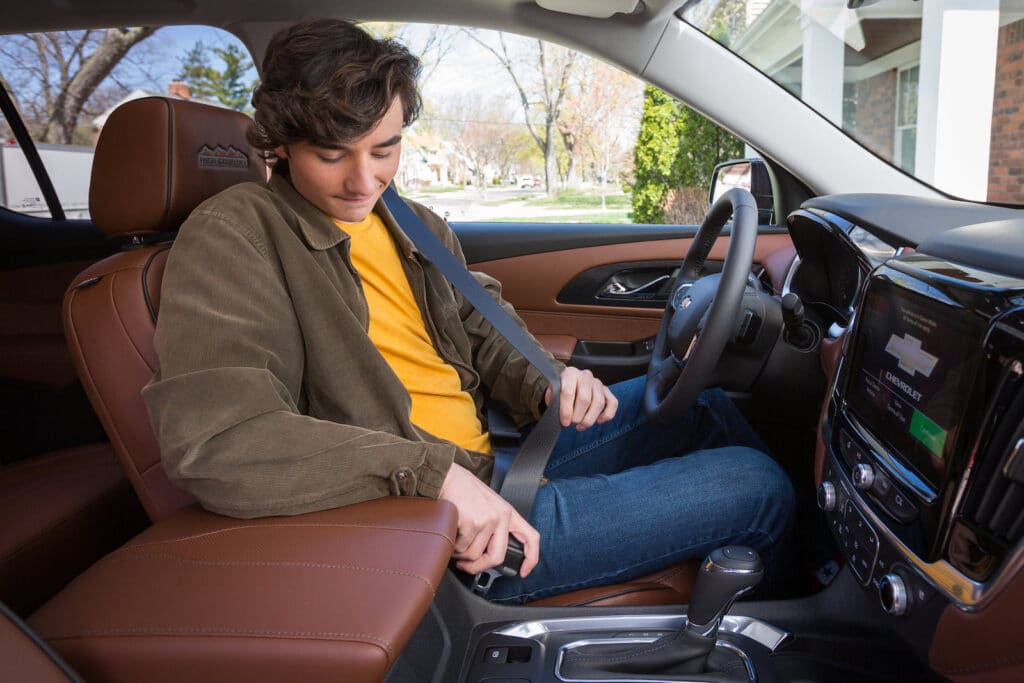
The automaker quietly introduced the “Buckle to Drive” function on a handful of models a couple years ago, starting with the 2020 Colorado, Traverse, Malibu and Canyon, and then adding it to the 2021 Equinox and 2022 Blazer. The feature is targeted at young motorists who are the most likely to drive unbelted. If parents set the vehicle to Teen Drive Mode, they won’t be able to shift into gear until they’re buckled up.
Now, the Buckle to Drive function is set to be added to more products, while expanding “across the whole General Motors portfolio,” GM Safety Strategy Engineer Tricia Morrow told TheDetroitBureau.com.
And the system will undergo several changes to make it more effective, Morrow said. While she wouldn’t specifically confirm that the system also will require front seat passengers to buckle up, she did acknowledge that is being “discussed.” Other sources indicate that will become a function of Buckle to Drive by mid-decade or sooner.
Kudos for a life-saving feature
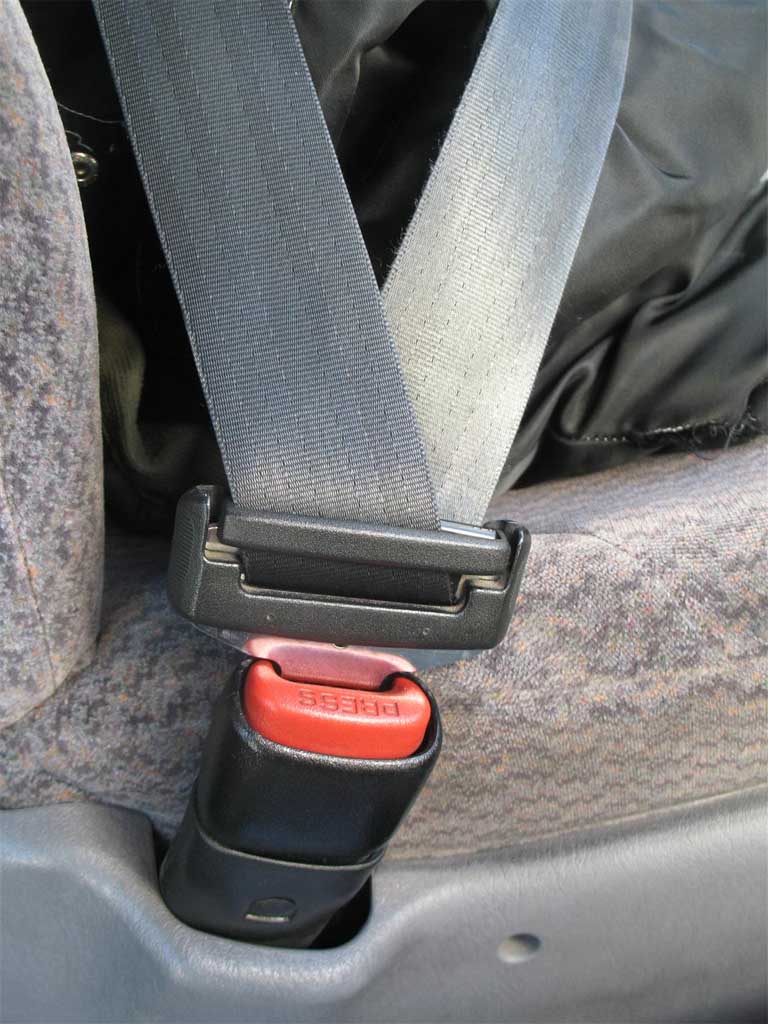
Most notably, with the 2022 model-year, vehicles adding the system will now require all drivers, including adults, to wear their belts.
“GM deserves kudos for taking this step,” said Russ Rader, senior vice president with the Insurance Institute for Highway Safety. “Lack of belt use is one of our biggest unsolved safety problems.”
About half of those killed in car crashes in the U.S. are unbelted, Rader added, and it has become even more of an issue during the last couple years as the overall highway death toll has surged. NHTSA data shows that the number of unbelted vehicle occupants killed in 2020 rose 15%, compared to an overall 7% jump in fatalities. Perhaps more telling, the number of occupants killed last year after being ejected from their vehicle surged 20% over 2019.
Seat belts first began appearing in vehicles in the late 1940s, though Congress didn’t mandate the technology until it passed a wave of automotive safety measures in 1968. Even then, usage was spotty, increasing slowly throughout the years, even as more and more states passed laws requiring motorists to buckle up.
Interlock backlash
And there was backlash reminiscent of the way motorcyclists have fought against helmet requirements, despite clear evidence they save lives. Massachusetts rolled back its belt law. And the National Highway Traffic Safety Administration reversed a 1970s-era rule requiring seat belt interlocks that would not allow a driver to start the vehicle if unbelted.
It didn’t help that even when some motorists did buckle up the interlocks would occasionally fail, leaving them stranded.

“Frustrated and indignant citizens bombarded Congress to complain about the devices, and our representatives quickly passed a law outlawing the interlocks,” the late Mike Davis wrote in a column for TheDetroitBureau.com a few years back.
That said, “The technology has improved a lot in the last 40 years,” noted IIHS’s Rader. The safety group did a study in 2017 looking at a test program GM launched, dubbed Belt Assurance, which also restricted drivers from shifting into gear before buckling belts. Launched on fleet vehicles, IIHS not only found that many belt “refuseniks” and “occasionally users” buckled up, but “did not see” any failures of the system.
Dealing with “refuseniks”
Recognizing that some drivers simply will not wear belts — and, apparently, might not be willing to buy a GM vehicle — the automaker does allow Buckle to Drive to be timed out by a driver willing to wait 20 seconds to shift. The system also can be deactivated using the car’s Settings function on the infotainment screen.
But, going forward, Buckle to Drive will be the default for all drivers, and no longer require a parent to activate the function in Teen Driver mode.
GM isn’t the only automaker pressing drivers to buckle up. A number of manufacturers have modified the reminder chimes that, in years past, would beep for a few seconds after the car started if a driver was unbuckled. Many current vehicles will continue to beep, chime or buzz as long as the vehicle is in gear.
Research by the IIHS indicates these extended “belt reminder” systems are about as effective as seatbelt interlocks in getting people to buckle up, said Rader.



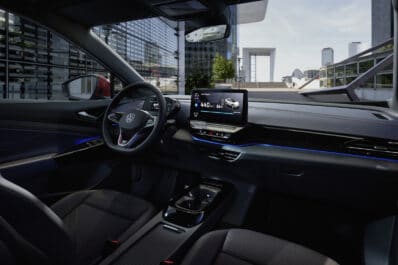
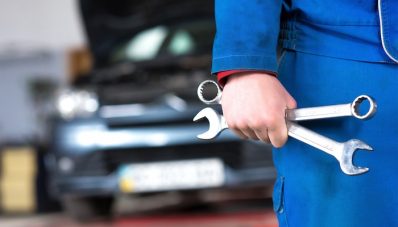
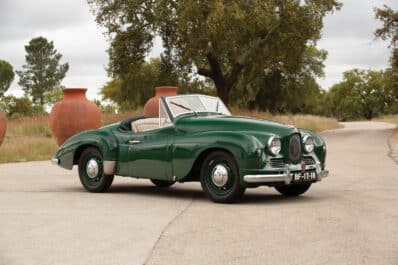
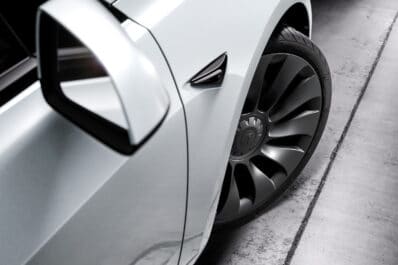
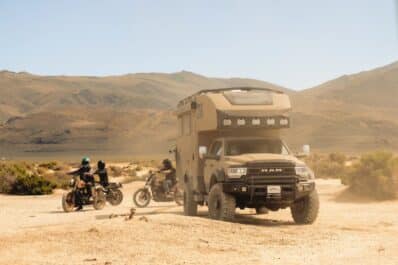
I’m about done with being told what to do, and even more done with the personal bias. As an article writer, it’s your job to present the facts and keep your personal definitions to a minimum. Act like a professional and keep your opinions to yourself. I don’t even mind wearing a seat belt, I usually do even going a block to the gas station, but it’s my life, and non of GM’s or the IIHS’ or anyone else’s business who does and doesn’t wear a seatbelt. It was fairly understandable as a teaching device for teenagers, even if still questionable, but the bottom line has now become… keep your mitts out of everyone else’s life.
The story simply presented the facts about the Chevy system and about the rising death toll and the data about the role seatbelts plays. That it did not reflect your personal dislike of belts or of government or corporate intrusion does not mean it was unbalanced. Indeed, we made a point of looking at the opposition to the earlier ignition interlock technology.
Paul A. Eisenstein
“Don’t worry honey, I’ll get you to the hospital as soon as the car starts, only 17 seconds … 16 …15…”
Tricia, find another job! Try driving a car with automatic wrapping seatbelts to see where your line of thinking leads.
Unfortunately people will just buckle the belt and then sit on it, as many did in the past. Or, jam a locking piece they took off an old junker from the yard. I thought all this was put to bed when ticketing sky-rocketed over non seat-belted drivers and passengers.
But when they wreck and/or get killed or wreck / kill someone else, they or their relatives will sue the GM for making an “unsafe” vehicle or having a system they is easily defeated. Some of the same complainers of the shift interlock when introduced.
Read the part again about where I said I wear a belt. This isn’t personal for me, it’s a principled general observation and call-out of yet more overstepping in today’s world that shouldn’t be allowed to go on.
Yeah, the story sure did present the facts with plenty of suggestive remarks about the opposition, such as expressing support against them by saying “kudos to a life-saving feature” and calling names like “refuseniks,” which you put in quotes to show your distaste of “such people.” All snide little comments meant to make it totally clear that you approve of this.
Which, is fine. Approve all you like, distaste all you want, it’s your right to an opinion. But the article’s still no proper place to express your opinion by taking jabs at people who don’t think like you do. It’s disenfranchising.